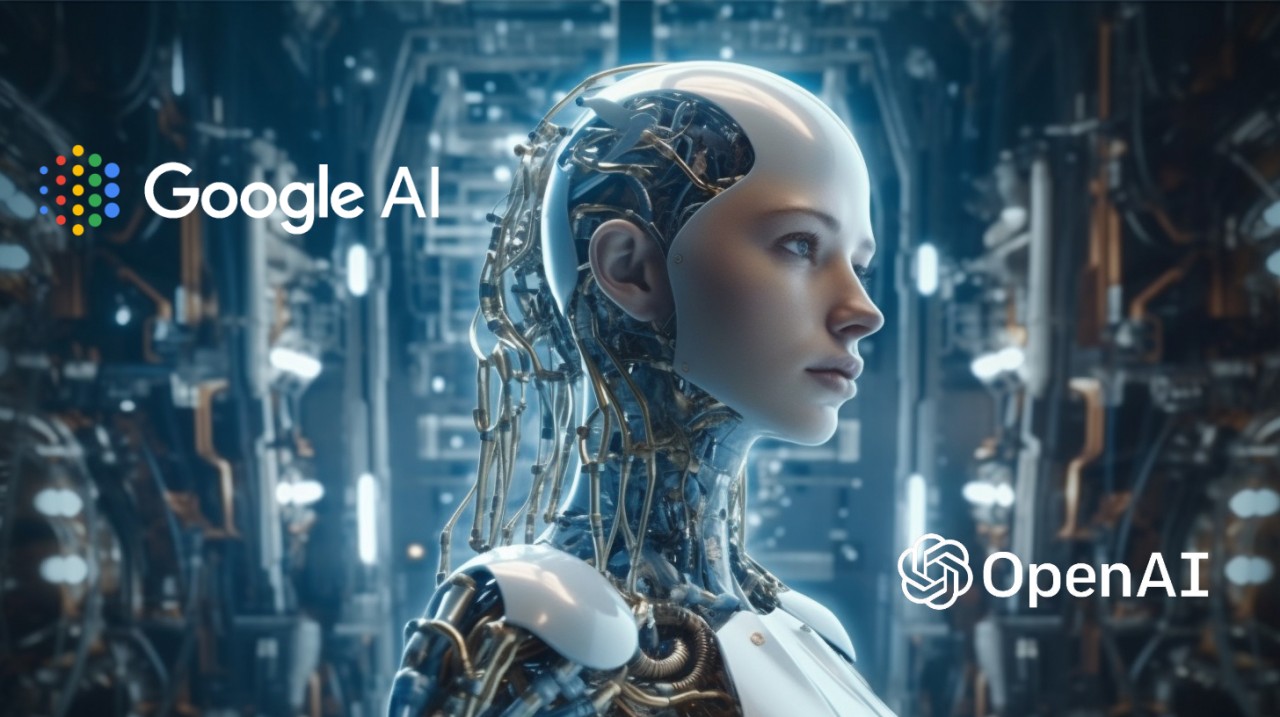So, you’re curious about AI and AGI? Fair enough. We’ve all been there, somewhere between excitement over self-driving cars and paranoia about robot overlords. In this guide, we’ll break down everything you need to know about artificial intelligence (AI) and its more ambitious cousin, artificial general intelligence (AGI). And no, we won’t bore you with textbook definitions or mind-numbing jargon pinky promise.
What Is AI, Anyway?
Let’s start with the basics. Artificial Intelligence is a field of computer science focused on creating machines that can do things that normally require human smart, like recognizing speech, making decisions, or playing chess better than your uncle.
Narrow AI vs General AI
There are two main types of AI: Narrow AI and General AI. Narrow AI (what we mostly have today) can do one thing well, like recommend TikToks or beat you at Go. AGI, on the other hand, is the ultimate goal: a machine that can learn, understand, and apply knowledge across a wide range of tasks, just like a human.
| Type | Capabilities | Examples |
|---|---|---|
| Narrow AI | Task-specific | Siri, Netflix recommendations |
| AGI | Human-level intelligence | Theoretical for now |
The Birth of AGI Not Just Sci-Fi Anymore
While AGI still lives mostly in research labs and sci-fi novels, companies like OpenAI and DeepMind are seriously working to bring it to life. The idea is to create systems that not only memorize, but also understand.
The Brains Behind It: Algorithms and Architectures
Most AGI research revolves around neural networks, transformers, and reinforcement learning. Think of these like the ingredients in a complicated recipe. Alone, they’re not special. Together, they make the AI soufflé rise.
Transformers: The Real MVPs
Transformers are the backbone of many modern AI models, including ChatGPT. They can understand context, generate text, and even write halfway decent jokes (though we’re still working on that last part).
OpenAI and the AGI Arms Race
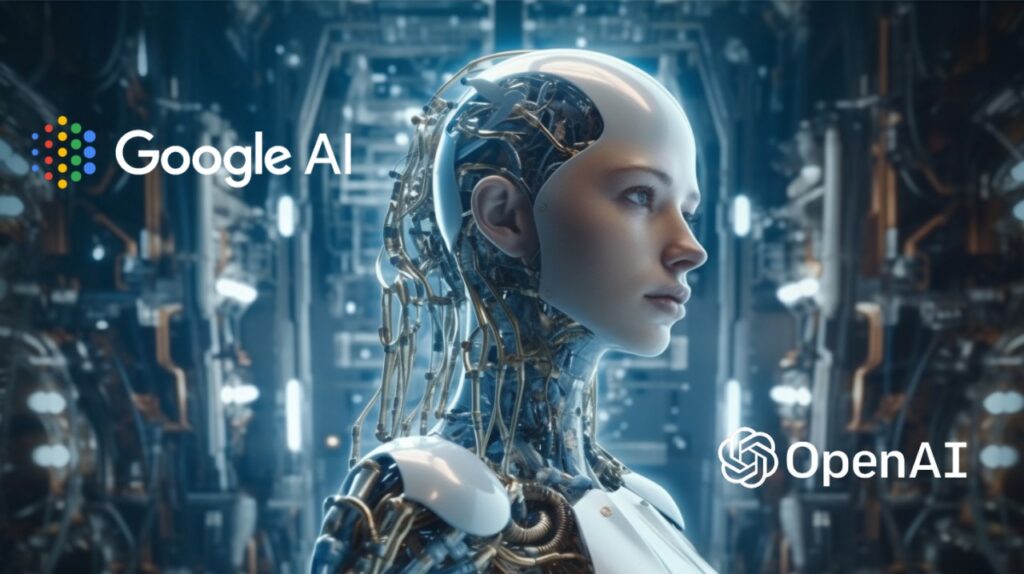
If AGI were a high school science fair, OpenAI would be the overachiever with the flashy volcano demo. Their mission? Ensure AGI benefits all of humanity. Easy to say, harder to do.
Ethics, Safety, and the “Oh No” Scenarios
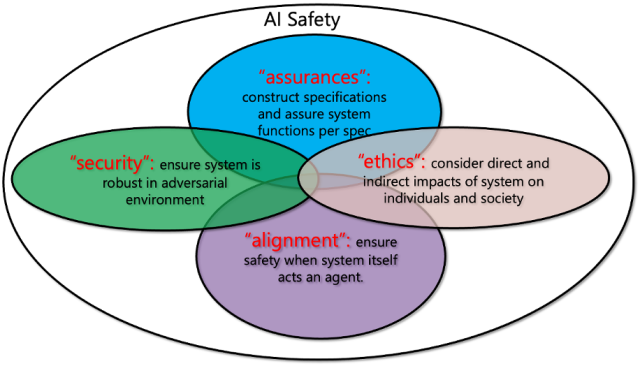
Okay, here’s where it gets serious. What happens if AGI decides humans are just getting in the way? That’s why ethicists, scientists, and even Elon Musk keep talking about safety protocols, alignment, and all those things that sound boring but could save us from a robot apocalypse.
Real-World Uses: Not Just for Sci-Fi Flicks
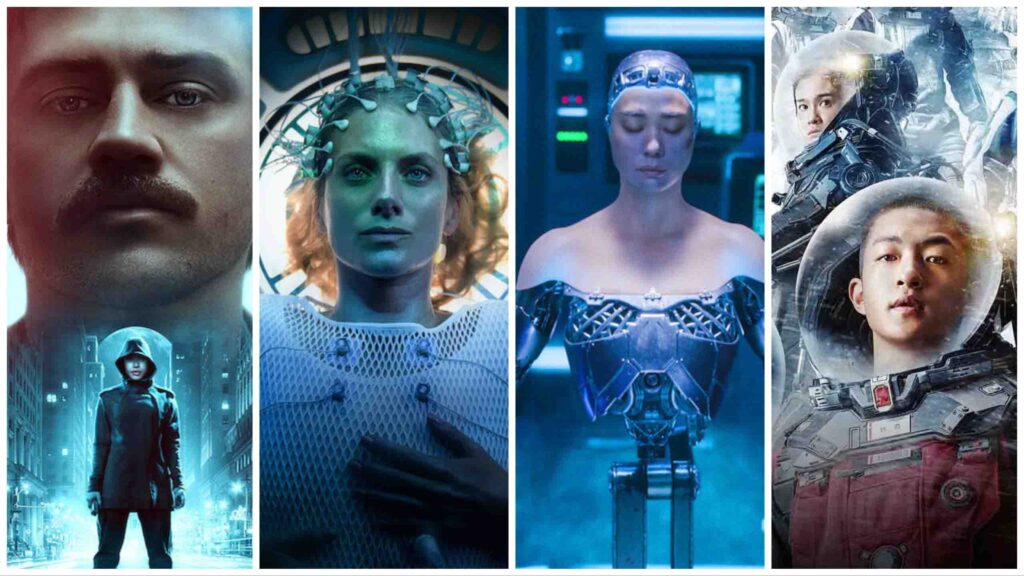
AI is already used in healthcare, education, finance, and entertainment. AGI would just take that up a notch or ten. Imagine a doctor-bot that diagnoses rare diseases or a teacher-bot that adapts to every student’s learning style.
The Hardware Behind the Magic
No AI magic without serious silicon. GPUs, TPUs, and supercomputers are the computational power behind all this sophisticated software. Without them, your AI wouldn’t be smarter than a calculator.
| Component | Role | Estimated Cost |
| GPU | Training models | $1,000+ each |
| TPU | Tensor calculations | Cloud-based pricing |
| Supercomputers | Full-scale AGI research | $100M+ |
Roadblocks on the Path to AGI
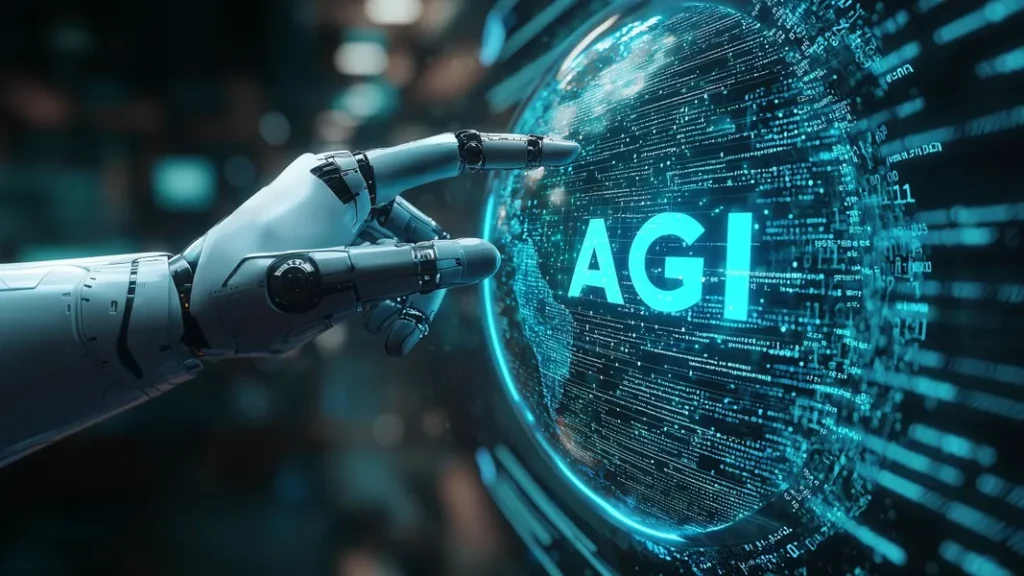
It’s not all smooth sailing. Data limitations, computing costs, alignment problems, and just plain old human bias can trip up even the best AGI systems. The road to human-like intelligence is full of potholes.
Will AGI Take Your Job?
Maybe. Maybe not. AGI might automate some jobs, but it could also create entirely new ones like AI ethicist, robot psychologist, or meme curator (yes, seriously).
The Timeline: When Will We Get AGI?
Predictions range from 10 years to “not in our lifetime.” The truth? No one knows. But with how fast things are moving, it’s not just wishful thinking anymore.
Conclusion: The Exciting (and Slightly Terrifying) Future of AI and AGI
AI and AGI are changing the world faster than you can say artificial learning. While AI is already part of our daily lives, AGI is the horizon we’re racing toward. It holds the promise of incredible innovation and, yes, some serious risks. But if we develop it responsibly, we might just build something truly amazing. Something that thinks, learns, and maybe even dreams. Until then, we’ll keep asking the big questions, testing the limits, and yes, cracking a few jokes along the way.
Frequently Asked Questions (FAQ)
1. What is the main difference between AI and AGI?
AI focuses on narrow tasks, while AGI aims to mimic human intelligence across any domain.
2. Is AGI possible with current technology?
We’re getting close, but AGI still requires more advanced architectures and safety frameworks.
3. Who is leading AGI research?
Organizations like OpenAI, DeepMind, and Anthropic are at the forefront of AGI development.
4. What are the risks of AGI?
Unaligned goals, loss of control, and ethical misuse are some of the big concerns.
5. How can we ensure AGI is safe?
Robust alignment strategies, transparent oversight, and international cooperation are key.
